
I would speculate that anyone who has trained a fair number of dogs certainly has seen that some dogs are much more cooperative with targeted learning objectives than others are. I'm speaking about actually training a dog here, not just relying on genetics, be it for retrieving, flushing or pointing.
Trainability, tractability, bid-ability. The ability words.
To me it's simple: If a dog cooperates with what I'm trying to get it to do, it is generally a more enjoyable dog to train. Dogs that are less cooperative can be anywhere from challenging to incredibly difficult to train.
When we have an extremely uncooperative dog, we almost always blame our training difficulties on the dog. Many times, the problem may, in fact, be with the trainer or training program, but I do think all too often we blame the dog. Blame the dog to the point that many professionals will wash a dog out and many amateurs will either do the same or settle for a much lower bar regarding trained skill compliance.
Trainers and training aside, what may be the root cause of a very uncooperative dog?
Over the past 30 years of occasionally talking to breeders about dogs they have produced and I am training, I can think of one time - one single time - when the breeder questioned the quality of the dog they had produced rather than blaming how the owner brought the dog up or how I was actually training the dog.
Esta historia es de la edición Autumn 2024 de The Upland Almanac.
Comience su prueba gratuita de Magzter GOLD de 7 días para acceder a miles de historias premium seleccionadas y a más de 9,000 revistas y periódicos.
Ya eres suscriptor ? Conectar
Esta historia es de la edición Autumn 2024 de The Upland Almanac.
Comience su prueba gratuita de Magzter GOLD de 7 días para acceder a miles de historias premium seleccionadas y a más de 9,000 revistas y periódicos.
Ya eres suscriptor? Conectar
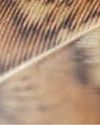
Tail feathers - STANDARDS AND PRACTICES
\"An armed society is a polite society,\" the NRA says in one of its dicta, cribbed from Robert A. Heinlein, a 20th-century American science fiction writer.
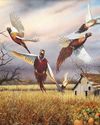
Day's End - IN PRAISE OF FENCEROWS
Driving north along the Hudson River, I gazed at a pastoral autumn scene: sere fields of faded yellow harvested corn, stubbly and broken amongst the clods of black earth, almost smooth from my vantage point. Spiky brown veins of wild growth marked barriers between plots. Occasionally, the gray bones of a mature oak rose among the brown shrubs to stand over the yellow fields. A sentry, keeping silent watch as white frost crystals slowly melted into invisibility.
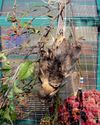
That Time of Year Again
Without doubt. The most idyllic form of hunting in Ohio is seeking the woodcock. - Merrill Gilfallan, Moods of the Ohio Moons: An Outdoorsman's Almanac (1991)
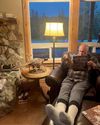
I Don't Wanna'!
I'm an old hand at being retired, though - have been practicing for 25 years.
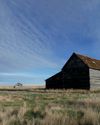
Hunting the Huns: Alberta's Big Sky Country
The prairies of southern Alberta are vast, beautiful and full of prime bird habitat. Crop fields are interspersed with abandoned farms, rolling hills are intersected by coulees and creek beds, and Hungarian partridge and sharptailed grouse occupy some of the best and most picturesque habitat on the continent.
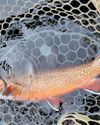
Side Dish - End of Season
Sporting trips are not only about sport, as many other experiences are discovered alongside. And my trip to Lakewood Camps in Maine was certainly just that.
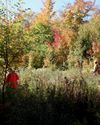
AN EXTENDED STAY
There is no reason to leave Michigan in the fall unless the opportunity of a cast and blast adventure at a historic sporting lodge in Maine comes calling.
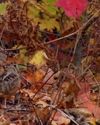
KEEP IT HANDY
If you think shooting a ruffed grouse on the wing with a shotgun is tough, try shooting one in flight with a still camera.
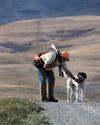
A Longtime Love Affair
It's possible to hunt your favorite birds in a lot of different places, I suppose, but I don't do that.
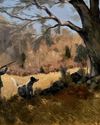
Profile of an Artist: Harley Bartlett
Harley Bartlett was born in 1959 near Pittsburg, Pennsylvania. However, having lived in Rhode Island for most of his life he considers himself a Rhode Islander.